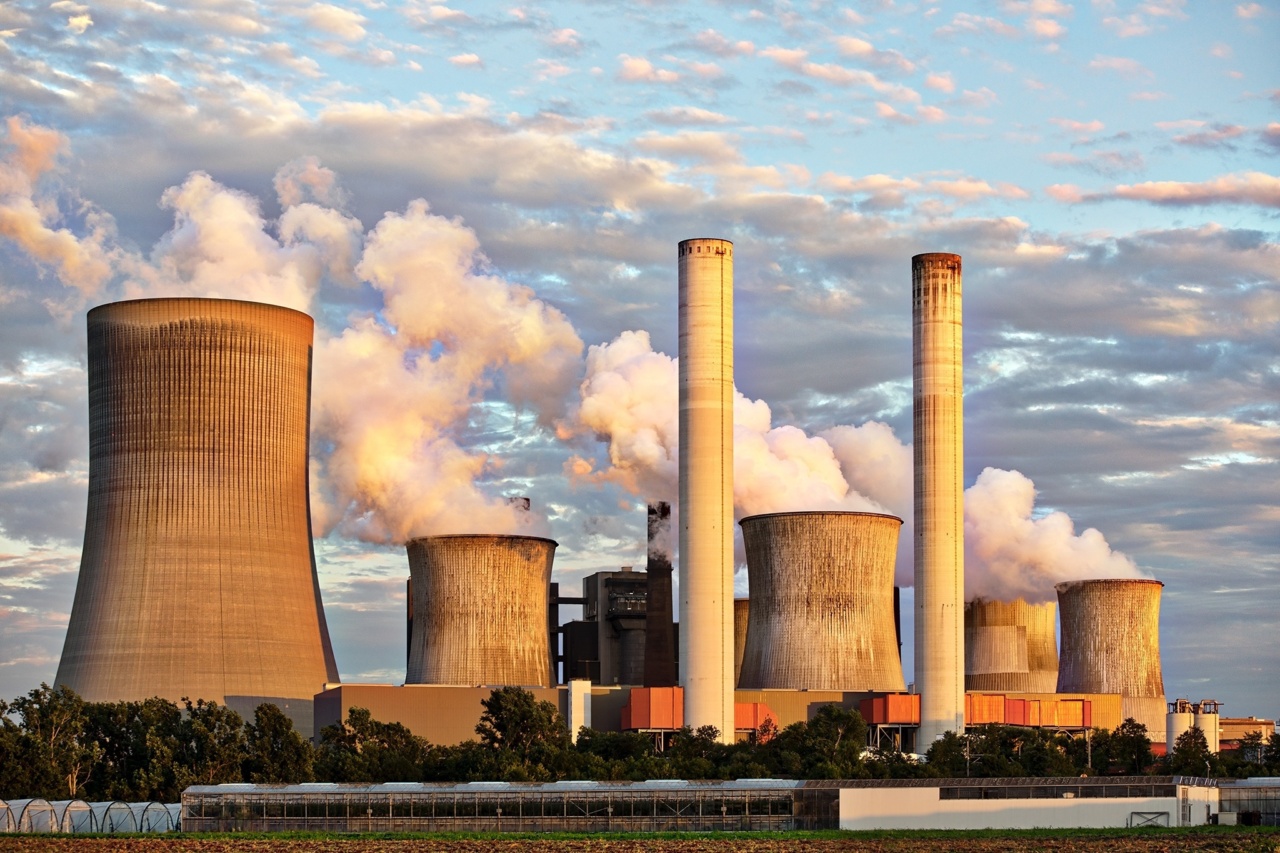Air pollution is one of the major environmental issues that we face today. It is a health hazard that is responsible for the premature deaths of millions of people around the world. Children are particularly vulnerable to the effects of air pollution.
Exposure to polluted air can have lifelong consequences for their health and well-being. This article explores how air pollution is stealing years of children’s lives and what can be done to reduce its impact.
The Impact of Air Pollution on Children
Air pollution has a significant impact on the health of children. Exposure to polluted air can cause a range of health problems, including respiratory infections, asthma, and other respiratory diseases.
Studies have shown that children who are exposed to polluted air are more likely to develop these health problems than children who live in areas with cleaner air.
It is estimated that air pollution is responsible for the premature deaths of around seven million people each year, and a significant proportion of these deaths are children.
The World Health Organization (WHO) estimates that 90% of the world’s children breathe polluted air on a daily basis. This exposure can cause damage to their lungs and other organs, which can have lifelong consequences for their health and well-being.
The Sources of Air Pollution
Air pollution can come from natural and human-made sources. Natural sources of air pollution include dust, wildfires, and volcanic activity. Human-made sources of air pollution include vehicle emissions, industrial processes, and power generation.
In developing countries, industrial processes, such as the burning of fossil fuels for power generation and transportation, are a major source of air pollution.
In developed countries, vehicle emissions are a major source of air pollution, particularly in urban areas where there is a high density of cars and trucks.
The sources of air pollution vary depending on the location and the time of year.
For example, in the summer months, smog can be a significant problem in urban areas due to the high volume of cars on the roads and the increased energy demand for air conditioning.
The Health Effects of Air Pollution
The health effects of air pollution are numerous and can be long-lasting. Short-term exposure to polluted air can cause respiratory problems, such as asthma and bronchitis, as well as heart disease.
Long-term exposure to polluted air has been linked to lung cancer, stroke, and other health problems.
When children are exposed to polluted air, their developing lungs and other organs can be damaged, which can lead to lifelong health problems.
Studies have shown that children who are exposed to polluted air are more likely to develop asthma, bronchitis, and other respiratory problems than children who live in areas with cleaner air.
Reducing the Impact of Air Pollution
There are several ways to reduce the impact of air pollution on children. One of the most effective ways is to reduce the amount of pollution that is generated in the first place.
This can be done by reducing the use of fossil fuels and increasing the use of renewable energy sources, such as solar and wind power.
Another way to reduce the impact of air pollution is to improve the quality of the air that we breathe.
This can be done by improving the efficiency of vehicles and industrial processes, as well as by implementing regulations to limit pollutants in the air.
Individuals can also take steps to reduce the impact of air pollution on their health.
This can be done by avoiding areas with heavy traffic, using public transportation or walking instead of driving, and avoiding exposure to cigarette smoke and other indoor pollutants.
The Importance of Clean Air for Children
Clean air is essential for the health and well-being of children. Exposure to polluted air can have lifelong consequences for their health, which can impact their quality of life and their ability to reach their full potential.
It is important for policymakers, industry leaders, and individuals to work together to reduce the impact of air pollution on children’s health.
We have a responsibility to ensure that future generations have access to clean air.
By working together, we can create a healthier environment for our children and ensure that they have the best possible chance to live happy, healthy, and fulfilling lives.
Conclusion
In conclusion, air pollution is a significant threat to the health and well-being of children. It is responsible for the premature deaths of millions of people each year, and a significant proportion of these deaths are children.
We must take action to reduce the impact of air pollution on their health and well-being.
By reducing the amount of pollution that is generated, improving the quality of the air that we breathe, and taking steps to reduce our exposure to polluted air, we can create a healthier environment for our children and ensure that they have the best possible chance to live happy, healthy, and fulfilling lives.
























